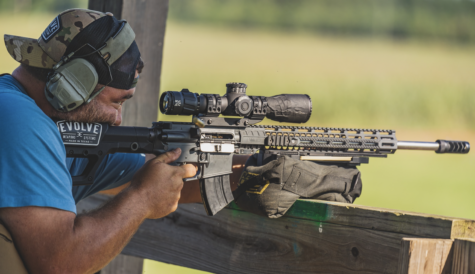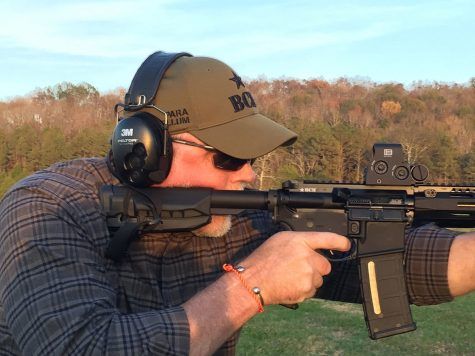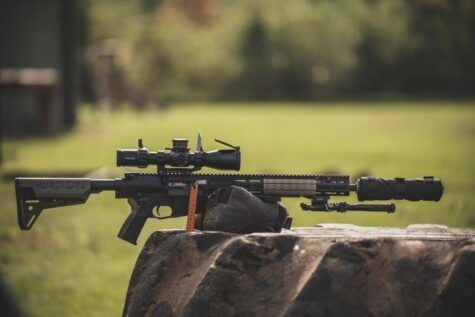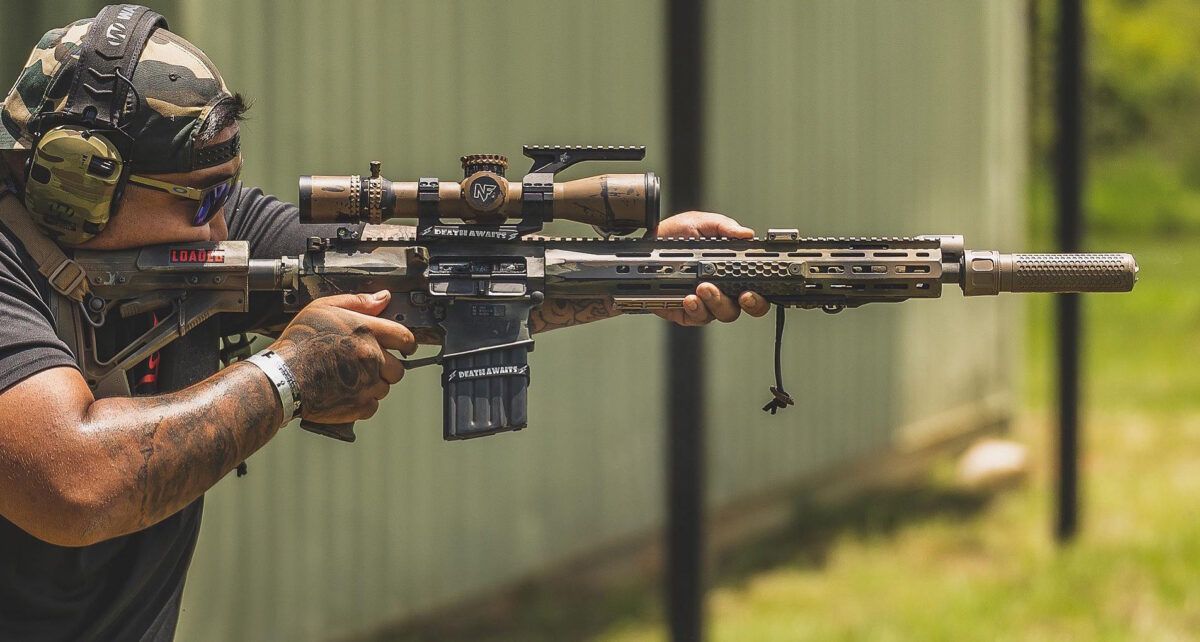
In part two of our recent conversation with Jack Leuba of Quantified Performance (and Knight’s Armament), we discuss becoming a better shooter, including practical advice on stability, common but correctable mistakes, proper bipod & bag usage, why the Army Marksmanship Unit (AMU) excel at matches, and more.
Q: You mention the importance of stability to become a better shooter, is there advice you can give shooters on how to be more stable?
Jack Leuba, Quantified Performance – It’s simple. To become a better shooter, you want to look at your body like a structure. You want a firm, solid foundation with a wide base. I watch so many people run, throw their gun on a barricade, then do some weird things with their legs, or they are not putting a good amount of pressure on a barricade if it will support it.
In the prone position, I will see shooters with their legs and toes in weird places, not using their bipods appropriately. Sometimes I see people trying to put too much force where it does not apply. Shooters should also try to avoid muscular fatigue while they are building a durable position. Anyone can throw a gun onto a barricade and get lucky once, but can they do it repeatedly?
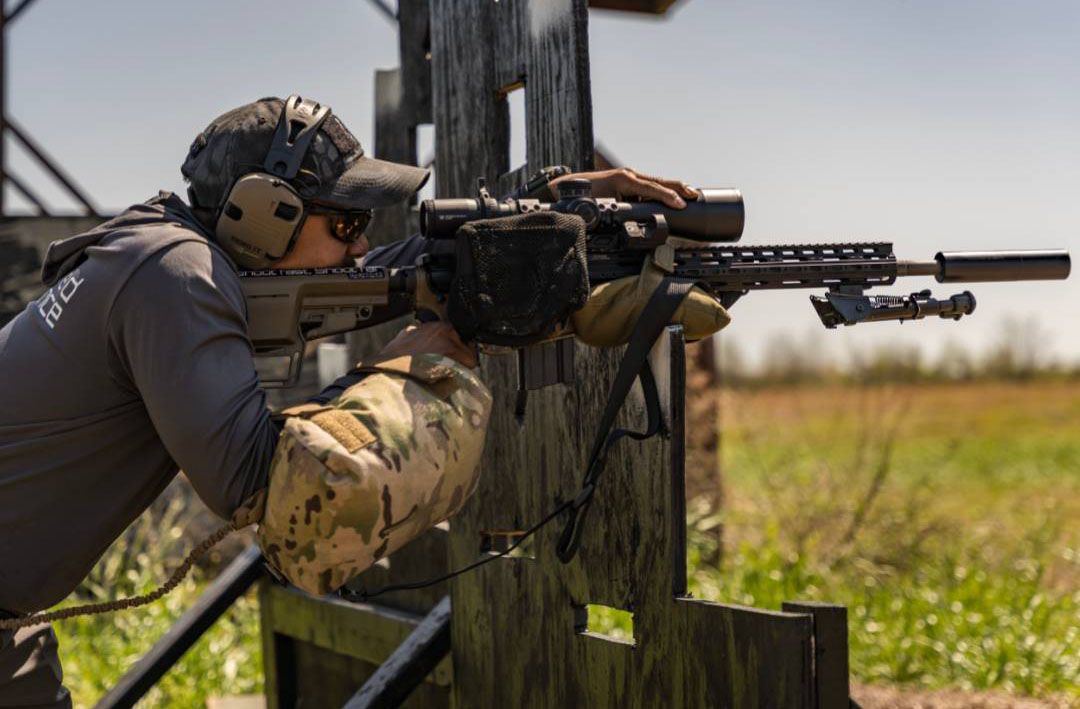
One of the best things you can do to become a better shooter is consider putting yourself on video. There’s a reason many top guys do this, and it is not because they want to post it on Tik Tok. Instead, they’re evaluating everything they are doing and trying to cut time. You want to spend time on your sights and trigger instead of getting in and out of positions.
Build a firm foundation, and prioritize what you need. Why do you select a position? It comes down to mobility, observation, and stability. Remember, you don’t have to worry about cover because no one is shooting at you in a match. (laughs) What do you need to see? How fast do you need to move? How much stability do you need to be successful in your shot?
If I’m shooting an iron maiden at 100 yards, I probably don’t need to do as much as I might for a longer, more complex shot. Practice, pay attention, and fix mistakes. Appreciate the target size and the level of stability that you actually need, and practice your positions. Notice when you do something wrong so that you can fix it. That’s the actual bottom line to become a better shooter – pay attention and correct mistakes.
Q: You mentioned using a bipod appropriately. It is something I’m not sure I’m using correctly. Any common mistakes you see with that and other equipment?
Jack Leuba, Quantified Performance – It’s always been the case for me throughout my career that any time I had a bipod on the gun, I was told to ‘load the bipod.’ Ok, well, what does that mean? I find that a lot of times when I throw the bipod down in the field, I don’t have anything available to push against it. This means that I can’t really ‘load the bipod.’ That’s an immediate difference between what I’ve been told and what I’ve tried to practice.
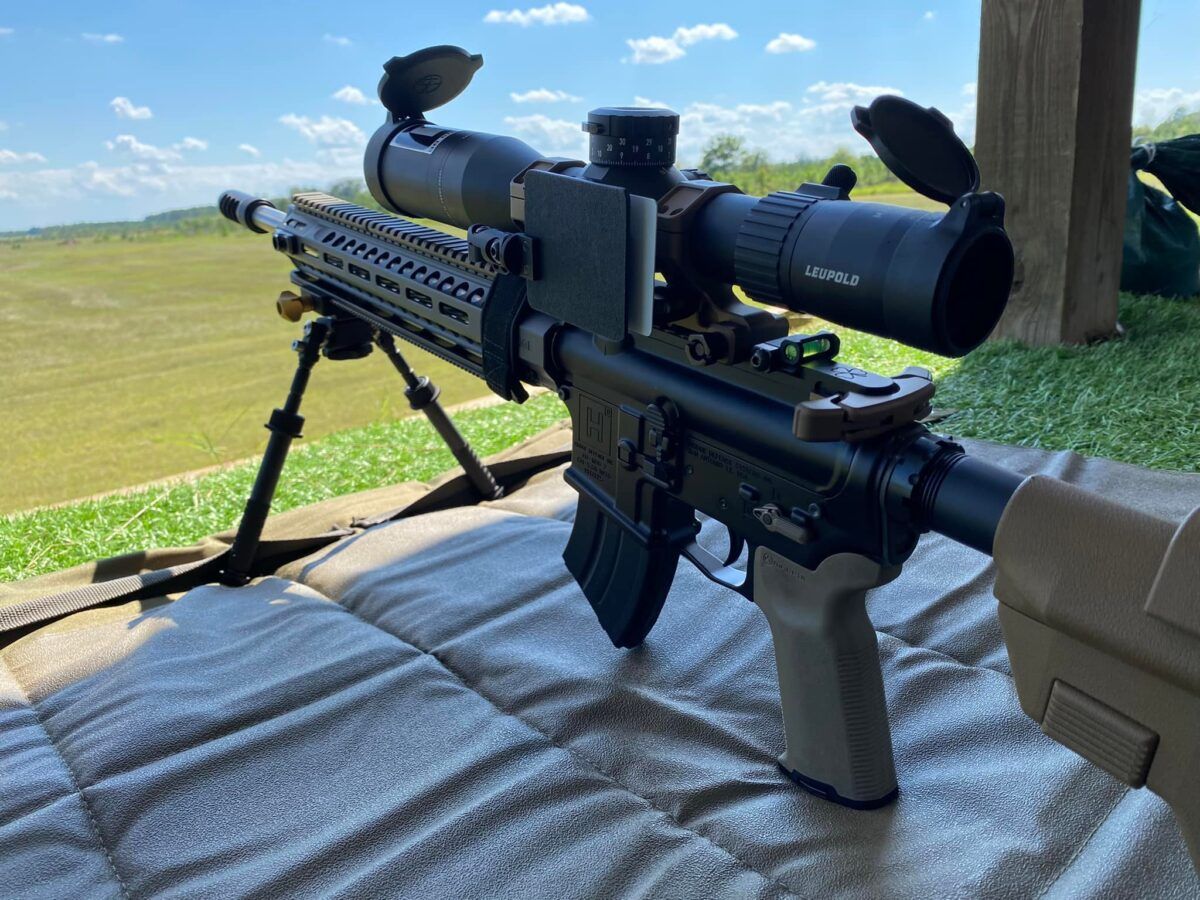
One issue with loading the bipod on the AR, where the bipod is attached to the handguard, is that if you load it hard enough, you can move the barrel. We saw that with our Mk11 and M12s. As such, I’ve found that not loading the bipod and instead using neutral pressure is the most consistent way to use a bipod on a gun, as it translates to every position.
Also, with bipods, I see many people shooting them with the legs too short or selecting bipods that are more appropriate for bench shooting versus field shooting. Long legs are your friend when it comes time to use your bipod in a real-world environment.
Not everything is friendly, easy, and flat. You can find yourself in strange positions, and longer bipod legs will give you more ability to “choose your path.” If you have a longer bipod on your gun, if you have a situation where you need to get really low, you can use a bag or shoot off your pack. Alternatively, if you’re stuck with a short bipod on your gun, it is tough to make a short bipod longer.
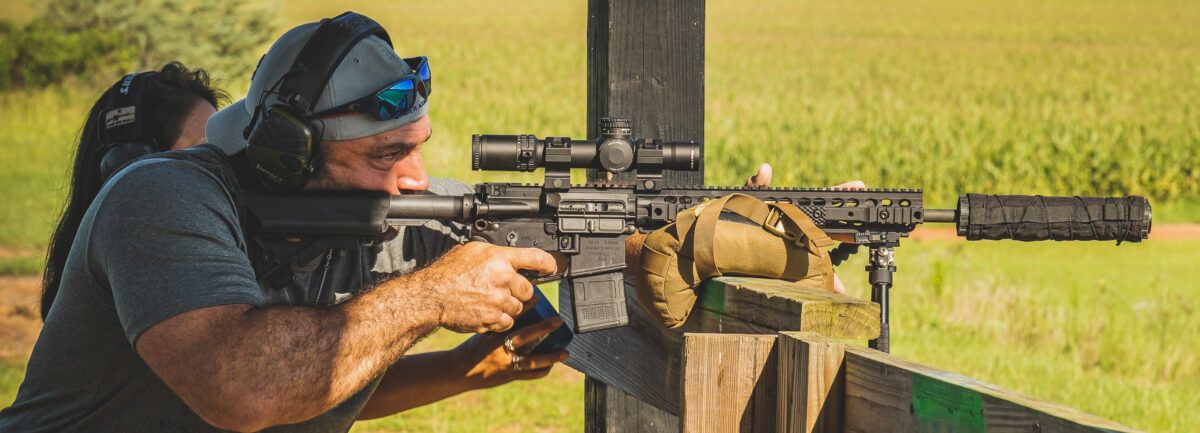
Q: Any other mistakes you’re seeing?
Jack Leuba, Quantified Performance – Another mistake I see is grip. When it comes to semi-auto gas guns, especially those with a bit more recoil, the ‘floating thumb’ technique that bolt gunners do is a misuse of the gear. This is not a ‘better way’ to integrate with the trigger. For those with very light triggers, it sets them up to potentially have a negligent discharge.
By floating the thumb, you’re also not really in control of the gun. I am a big proponent of having a full pistol wrap on the gun. Time and time again, I see people who are excellent pistol shooters take to precision rifle shooting quickly. It’s the same skills. It’s the same way to use a trigger, the same grip that you have on the gun.
Moving on, a big issue I see is adjusting the length-of-pull. There have been phases where if someone had a collapsible stock on their AR, they would run it as collapsed as possible. Later, there was a trend where shooters would run it extended out. Later, using A5 extensions or adding a pad would extend out even further.
Just extending the stock to the rear is not necessarily a good approach to become a better shooter. I’ve watched a lot of successful shooters, and I am very much a believer in getting a very square position behind the gun. Core position is essential, and there’s a balance to be considered. For instance, how much of the gun is on the clavicle versus the shoulder pocket? So, there are some things to consider before you decide to have your stock all the way to the rear.
Finally, I’d like to talk about bags for a moment. We spoke about them earlier, and I don’t want to sound like I am ‘anti-bag.’ What I would say is that a lot of people shoot them way too “full.” These bags come stuffed full from the factory. I guess the thought is that if someone is paying 100 dollars for a piece of nylon or waxed canvas, it should at least be filled. Really though, that’s not what you want. Instead, you want the bag to hug the gun and what it is sitting on. You want it sitting flat with a lot of surface contact.
I’ve also found that you can be much more effective with a Game Changer if you don’t always insist on putting its ‘nubs’ down. Sometimes, turning it sideways can make a big difference going into a lot of positions…like going into tires, flat rocks, etc. Having it on its side can help a lot.
The Tricorne has a bit of an advantage there, as it naturally sits flat and doesn’t have those lumps. The problem there is it is a bit of a larger bag that’s heavier and can be hard to deal with. Now, it’s not a one-or-the-other thing with these bags. Each does its own thing very well. I’d advise your readers to be aware of the fill with those and perhaps adjust accordingly.
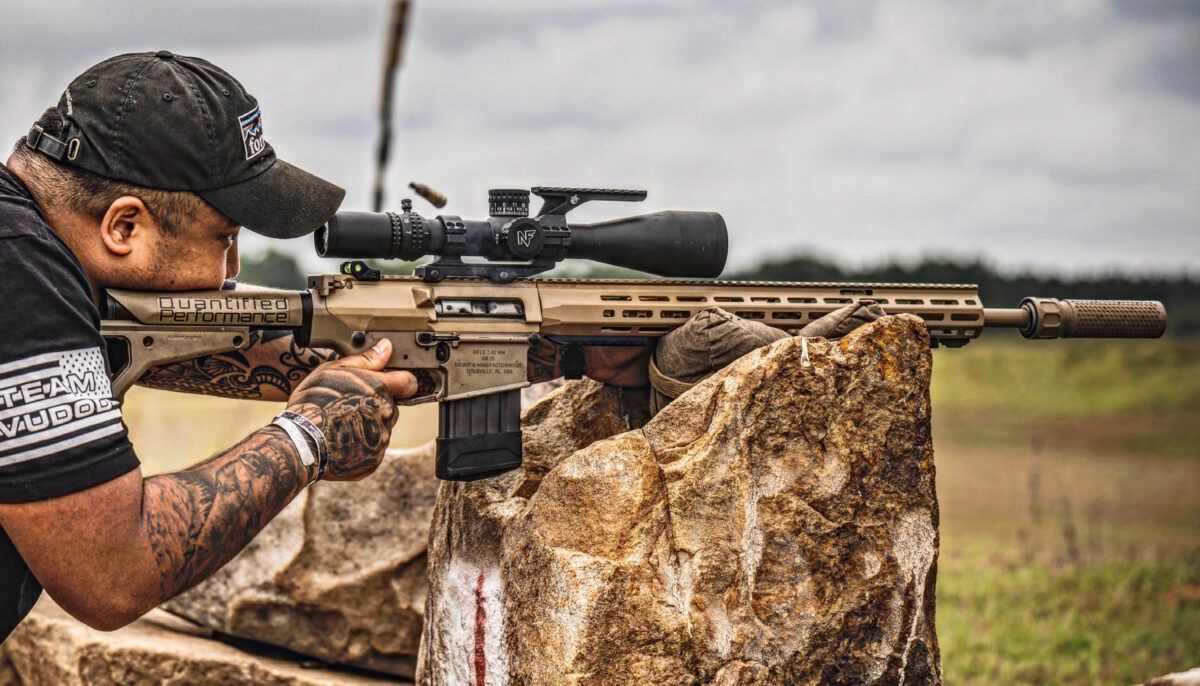
Photo via Ryan Mowrer
Q: Can you address the need to practice with your equipment?
Jack Leuba, Quantified Performance – With all of this equipment, even if you have everything set up the right way, it is essential to remember that you’ve got to get out there and use the equipment and become familiar with it to become a better shooter. The equipment is not a crutch. You cannot show up at a match and expect that you will be good if you’re using something for the first time. You have to practice with the idea of becoming comfortable with your gear.
What does your gear do? What will your gear NOT do? Do you know how far your bipod will swivel? Do you need to put a leg up or down? Are you better served by the speed of a Harris or the adjustability of a Ckye-Pod?
Through practice, you can build good habits that will prevent you from messing up the super simple things. It’s rare for someone to forget to call wind, but you’d be surprised how common it is for someone to forget to pull the dope from the last stage off of their gun. Likewise, it’s easy to forget to adjust parallax before entering the stage. Lack of familiarity with gear and with the process are both detrimental.
Q: Final question, and forgive me if it’s odd. Hearing about matches from shooters I know who participate, they will say they did well, but then shooters from the AMU (Army Marksmanship Unit) arrive and just smoke everyone. Is this accurate, and if so, what are they doing that sets them so far apart?
Jack Leuba, Quantified Performance – That is a great question. (laughs) If you look at everything I’ve said, AMU does it all. They have excellent foundational skills. They have done a bunch of disciplines, having shot things from service rifles to PRS, 3-Gun, and USPSA…they understand each of those games and where time matters. They also have good gear and good guns, and it is their job.
For them, they have to be out-performing. It’s expected of them. The AMU is also the face of the Army at these events. Regarding their skill level versus others, I would say there is a wide gap. They know what they are doing and are redefining what performance is. It comes down to who has the discipline. Who can take their guns out and shoot? Who has the appropriate gear?
I think the AMU demonstrates that you don’t have to have the best of everything, but it needs to be decent, and you’d better be sure it’s dialed in and right. You’ve got to use it and know what you are doing. You need to know your drops, be able to make your wind calls on the fly, and you’ve got to be willing to go fast. That means training and allowing yourself to miss for the sake of learning speed. You have to be accurate, but you have to be able to push until the wheels fall off.
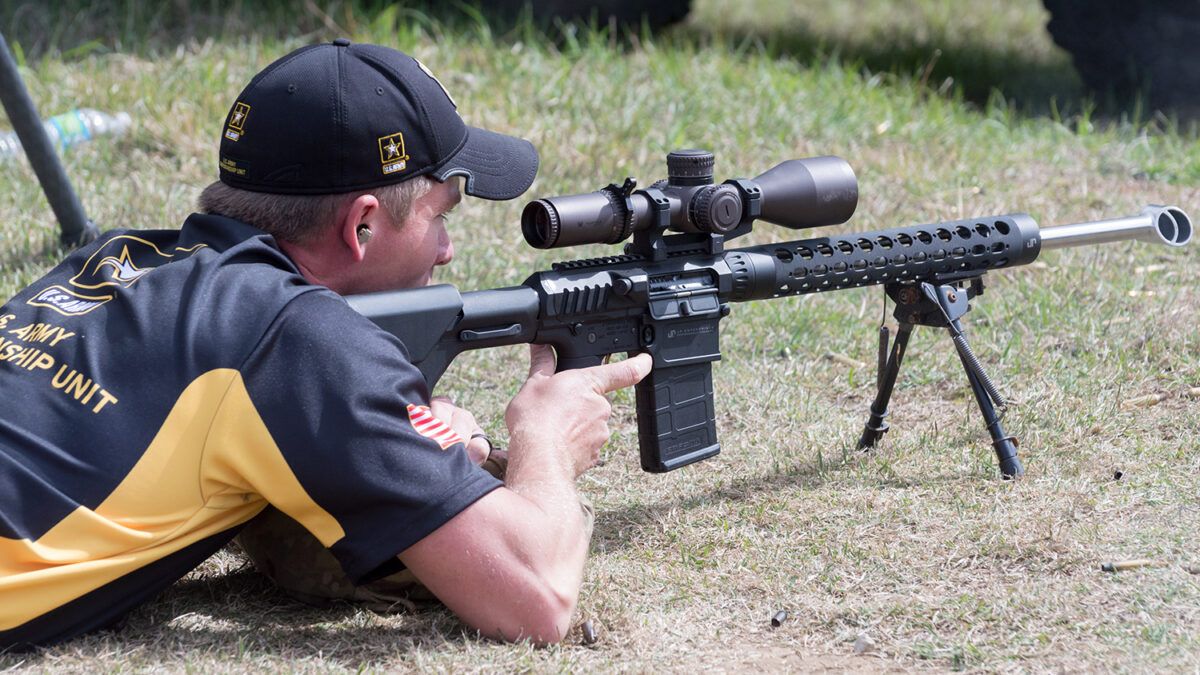
Q: Remind me, what does ‘wheels falling off’ look like?
Jack Leuba, Quantified Performance – The wheels fall off when you start missing. The indication of going too fast is when you are not getting your hits. To become a better shooter, you’ve got to be willing to miss. You have to permit yourself, as long as it is for a reason, which is what the AMU does. It’s a big part of why they do so well.
It’s cool to see them show up at these events. Even their armorers will show up, shoot matches, and do well. There are also guys in other jobs inside the military (guys who don’t want to have their pictures taken) who also show up to matches. It’s directly related to their jobs. Those guys also do very, very well. All that said, if you give it the time that they do, I think you will find you can do very well too. It’s just not cheap, and it takes time.
###

